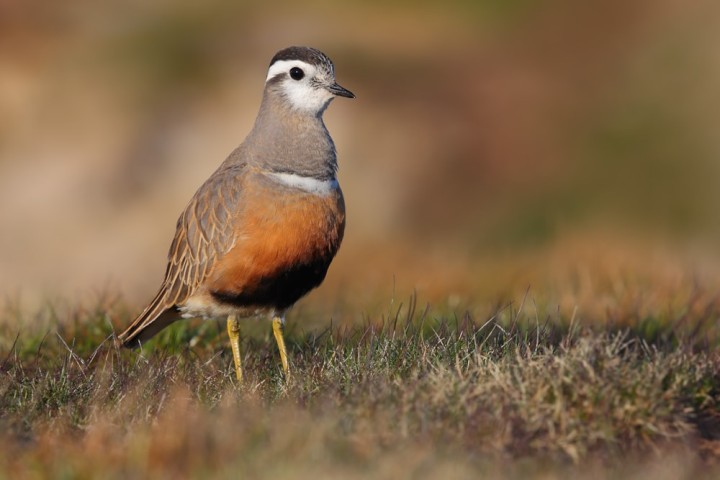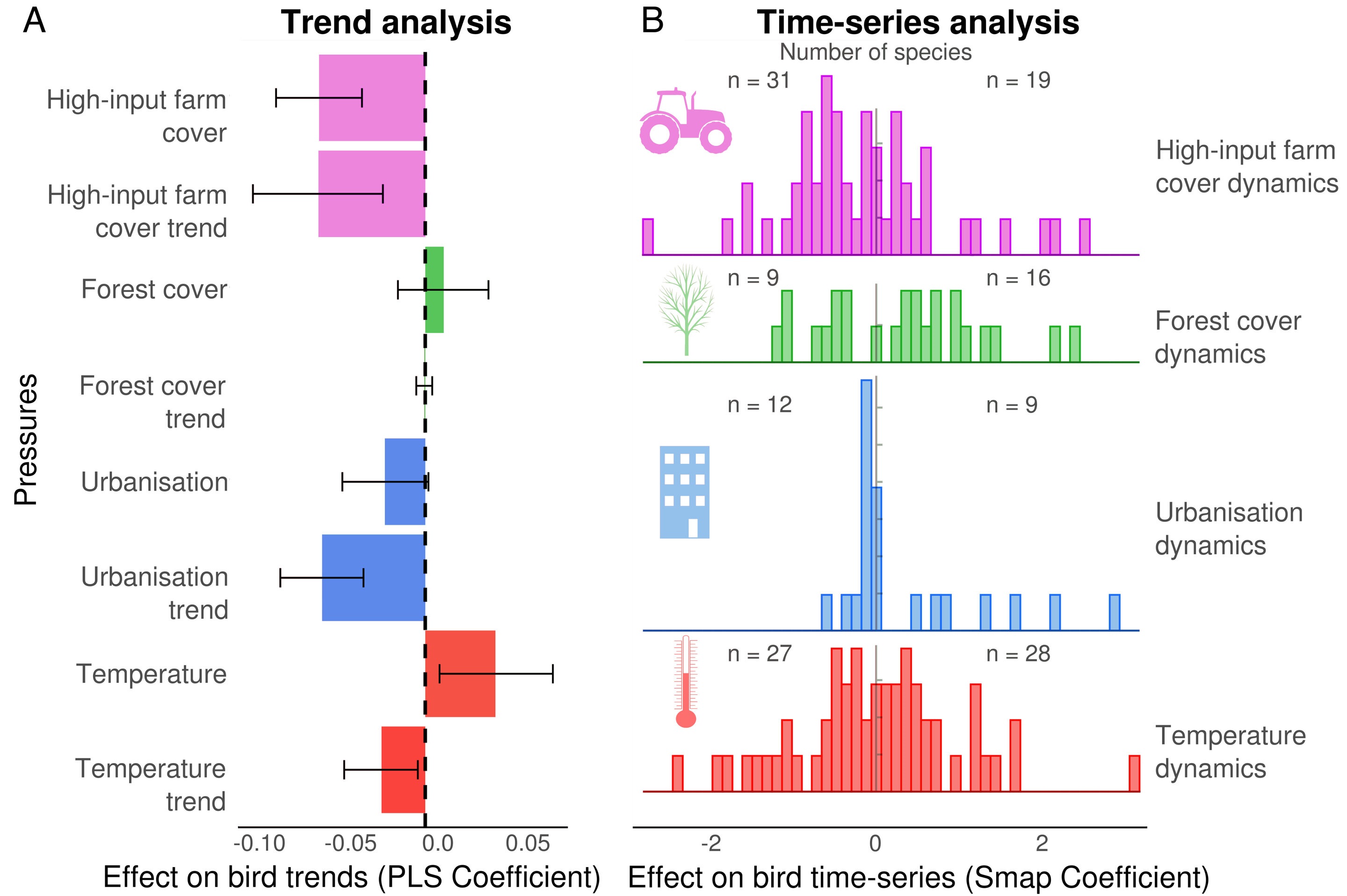Use of pesticides and herbicides found to be biggest cause of bird decline in Europe

A large team of ornithologists, zoologists, biologists and ecologists from across Europe and the U.K. has found that the chief cause of declining bird populations in Europe and the U.K. is the use of pesticides and herbicides by farmers. In their study, reported in Proceedings of the National Academy of Sciences, the group examined the effects of pesticides and herbicides on bird populations in a variety of locations.
Prior research has shown that the number of birds in Europe and the U.K. has fallen dramatically over the past half-century—some in the field have estimated that there are now 550 million fewer birds in Europe alone. It has been believed that the decline is due to the usual suspects: pollution and loss of habitat. In this new effort, a research team with over 50 members took a closer look to pinpoint the factors most at fault.
The work involved studying data from multiple sources, including reports by citizen scientists, in 28 countries in Europe and the U.K. over the past four decades. They not only confirmed massive drops in population numbers for most bird species, but also discovered the main culprit: use of pesticides and herbicides by farmers. These chemicals can harm birds both directly and indirectly, causing medical problems or birth defects and killing off the insects they feed on.
The research team found that wild bird population numbers have dropped by 25% in both Europe and the U.K., since 1980. They also found that those that feed on invertebrates saw the largest drops in population. They also noted that farmland species were the hardest hit of any species, with population declines of almost 57% over the period studied. Over the same time period, urban bird population numbers dropped nearly 28% and woodland dwellers by nearly 18%.
The team concludes that the rise of intensive agriculture in both Europe and the U.K. has led to massive drops in bird population numbers. They found that urbanization was the second leading factor.


